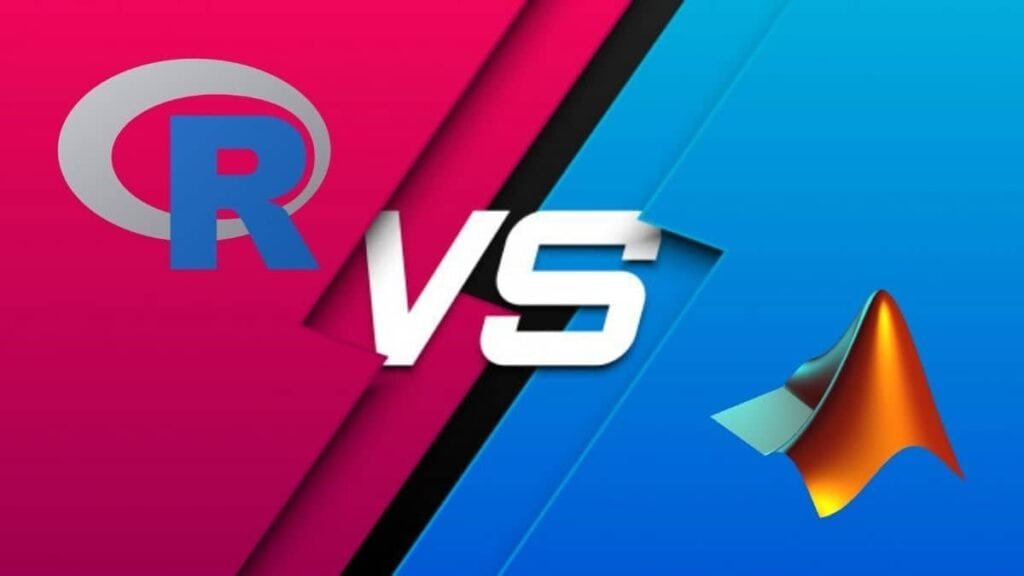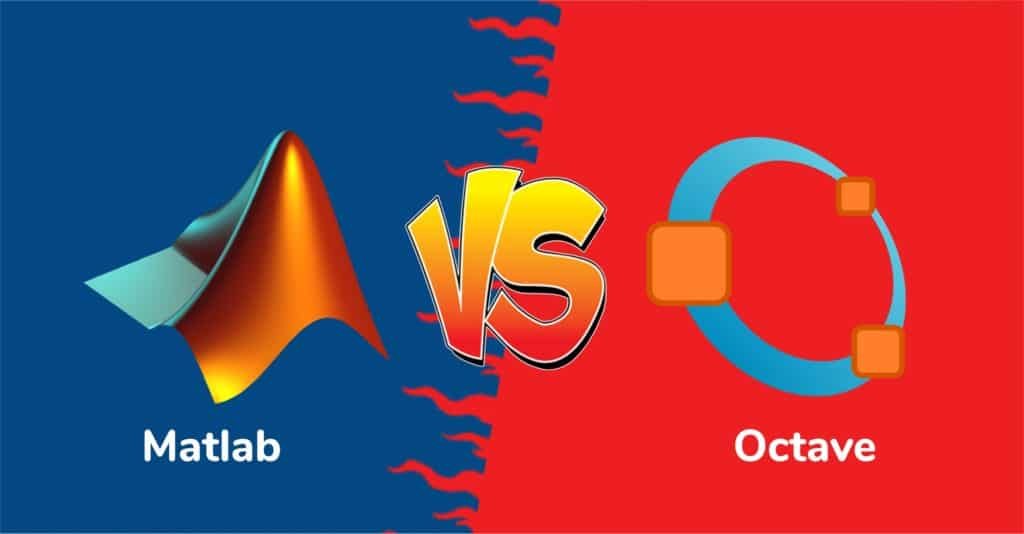What Are Front-End Frameworks?
A front-end framework is like a toolkit for developers that helps build the user interface (UI) of websites and web applications. The front end is the part of a website you can see and interact with, like buttons, images, and text. In simpler terms, if a website were a car, the front-end framework would be the car’s exterior—the part people can see and touch.
Just as a blueprint is used to build a house, front-end frameworks give developers the blueprints and materials they need to quickly and efficiently build websites. These frameworks provide pre-written code, templates, and components that simplify complex tasks like designing a layout or making sure a website works on all screen sizes.
Why Are Front-End Frameworks Important?
Building a website or app from scratch can be difficult and time-consuming. Front-end frameworks make this process easier by:
- Saving time: Developers don’t have to write code from the ground up. Pre-built components like buttons, menus, and forms are available.
- Ensuring consistency: Frameworks maintain a uniform design across different pages of the website.
- Making websites responsive: A website built using frameworks will look good and work well on devices of all sizes—phones, tablets, and computers.
- Improving user experience (UX): A good front-end framework can enhance the speed, navigation, and overall usability of a website.
- Supporting scalability: As your website grows, frameworks make it easier to add new features and keep everything organized.
How Do Front-End Frameworks Work?
Front-end frameworks work by providing a structured way to build a website. They offer:
- HTML Templates: These are pre-made structures for web pages.
- CSS for Styling: Frameworks like Bootstrap include CSS (Cascading Style Sheets) to handle how the page looks, from colors to fonts.
- JavaScript for Functionality: JavaScript frameworks control the behavior of elements, like creating animations or handling user inputs (e.g., clicks, scrolls).
By combining these three technologies (HTML, CSS, and JavaScript), front-end frameworks give developers tools to create fully functional and aesthetically pleasing websites.
Popular Front-End Frameworks
Here’s a quick overview of some of the most widely used front-end frameworks:
| Framework | Description | Best For |
| React | A library by Facebook for building user interfaces (UI). | Dynamic and fast websites |
| Angular | A complete framework by Google for building single-page applications (SPAs). | Large, complex applications |
| Vue.js | A lightweight and flexible framework for building user interfaces. | Small to medium projects |
| Bootstrap | A responsive design framework that helps developers create mobile-first websites quickly. | Mobile-first web design |
| Foundation | A highly customizable framework that includes many advanced features for large-scale applications. | High-performance websites |
Each of these frameworks offers unique features and is suitable for different types of projects. Let’s explore them in more detail below.
Advantages of Front-End Frameworks
1. Faster Development
Using a front-end framework allows developers to skip writing repetitive code and use pre-built components like forms, buttons, and grids. This speeds up the development process dramatically.
2. Responsive Design
Most modern frameworks, like Bootstrap, come with built-in responsive features. This means the website will automatically adjust its layout to look good on screens of different sizes, from a small smartphone to a large desktop monitor.
3. Cross-Browser Compatibility
Front-end frameworks are tested to work across all major browsers (Chrome, Firefox, Safari, etc.). This saves developers the headache of trying to make their code compatible with different browsers.
4. Consistency
Maintaining a consistent design across a website or app is essential for user experience. Frameworks enforce consistency by using a single code base that applies the same styling and layout rules across all pages.
5. Reusability
Front-end frameworks promote reusability of components. A button designed for one section of the website can easily be reused elsewhere without rewriting the code.
6. Scalability
As websites grow, they often become more complex. Frameworks are designed to support scalability, meaning new features can be added without making the website slow or difficult to manage.
7. Security Features
Most front-end frameworks come with built-in security features that help developers avoid common vulnerabilities like cross-site scripting (XSS) attacks.
How to Choose the Right Front-End Framework
Selecting the right front-end framework depends on your project’s needs and your experience as a developer. Here are some factors to consider:
| Factor | Explanation |
| Project Size | Large projects, like web applications, may require a full-featured framework like Angular. Smaller websites may only need a lighter framework like Vue.js. |
| Learning Curve | Some frameworks, like React, have a simpler learning curve, while others like Angular can be more complex. |
| Community Support | Frameworks with large communities, like React and Angular, have more tutorials and resources available. |
| Performance Needs | Some frameworks are optimized for performance, making them better suited for large applications. |
For beginners, it might be easier to start with a more flexible and lightweight framework like Vue.js, which has a gentle learning curve. Experienced developers working on larger applications may prefer Angular due to its powerful features.
Additional Benefits of Front-End Frameworks
1. Modular Architecture
Many front-end frameworks, especially modern ones like React, encourage building websites using a modular architecture. This means that different parts of the website are broken down into components that can be worked on individually. For example, a website’s navigation bar, footer, and content section can each be developed as separate modules and combined later.
2. Single Page Applications (SPAs)
Frameworks like Angular and Vue.js are particularly good for building single-page applications (SPAs). In an SPA, the entire website functions as a single page that loads quickly and offers a smooth user experience. Instead of reloading the entire page when navigating, only parts of the page are updated, which makes the site faster.
3. Progressive Web Apps (PWAs)
Some frameworks support Progressive Web Apps (PWAs), which combine the best features of web and mobile apps. PWAs are fast, reliable, and can even work offline, giving users an experience similar to native mobile apps.
4. Customizable Themes
Frameworks like Bootstrap and Foundation offer customizable themes. Developers can easily modify the look and feel of their websites by changing colors, fonts, and layout styles, making their website stand out from others.
5. SEO-Friendly Structures
Some frameworks are specifically optimized for Search Engine Optimization (SEO). For example, frameworks like Next.js (built on React) enable server-side rendering (SSR), which helps search engines index websites more effectively, improving rankings.
Examples of Websites Using Front-End Frameworks
To give you an idea of how widely these frameworks are used, here are some real-world examples:
- React: Facebook, Instagram, and WhatsApp all use React to build their highly dynamic interfaces.
- Angular: Google’s internal tools and platforms like YouTube TV are built using Angular.
- Vue.js: Alibaba and Xiaomi use Vue.js for its flexibility and performance.
- Bootstrap: Twitter’s early versions were built using Bootstrap, and many businesses still rely on it for responsive web design.
- Foundation: A popular choice for enterprise-level websites and applications, including eBay.
Key Features of Popular Front-End Frameworks
| Framework | Key Features |
| React | Component-based architecture, virtual DOM, and flexibility |
| Angular | Two-way data binding, TypeScript support, and a full framework |
| Vue.js | Simplicity, flexibility, and great for small to medium projects |
| Bootstrap | Mobile-first design, customizable themes, and grid system |
| Foundation | High-performance, responsive design, and customizable components |
The Future of Front-End Frameworks
Front-end development is rapidly evolving. As user interfaces become more dynamic and interactive, front-end frameworks will continue to play a crucial role in shaping the web.
Also Read: Top 8 Types of Python Frameworks You Should Learn
Key Trends:
- Component-based Development: Frameworks like React and Vue.js promote breaking down the UI into reusable components, making development faster and more efficient.
- Integration with Back-End: Full-stack development is becoming more common, with front-end frameworks working seamlessly with back-end frameworks (like Node.js) to create complete web applications.
- Focus on Performance: As web applications grow in complexity, frameworks are focusing on improving performance to handle large datasets and real-time data processing.
Table: Key Takeaways
| Aspect | Explanation |
| Main Purpose | Build the user interface of websites and web applications. |
| Top Frameworks | React, Angular, Vue.js, Bootstrap, Foundation |
| Key Advantages | Faster development, responsive design, consistent layout, and community support |
| Choosing a Framework | Consider project size, learning curve, and performance needs |
Conclusion
Front-end frameworks are essential tools for building websites and applications efficiently. Whether you’re creating a small personal blog or a complex web app, front-end frameworks offer a wide range of benefits—from fast development and responsive design to consistent layouts and enhanced security. The key is choosing the right framework for your project, considering factors like project size, learning curve, and community support.
As web technologies continue to evolve, front-end frameworks will remain at the forefront, enabling developers to build better, faster, and more interactive websites.
What is the difference between a front-end framework and a library?
A front-end framework provides a complete structure and set of tools for building applications, while a library, like React, offers specific functionality that can be integrated into projects.
What skills do I need to work with front-end frameworks?
Basic knowledge of HTML, CSS, and JavaScript is essential. Familiarity with the specific framework’s documentation and best practices is also important.
Can I use multiple front-end frameworks in one project?
While it is technically possible, using multiple frameworks can lead to compatibility issues and increased complexity. It’s usually best to stick to one framework for consistency.
How do I choose the right front-end framework?
Consider factors like project size, learning curve, community support, and performance needs to select the framework that best fits your project requirements.


